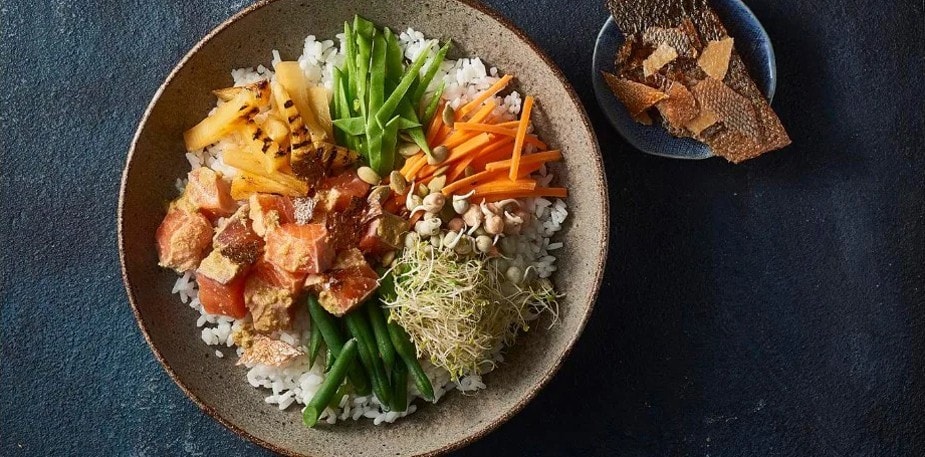Our world is facing an unprecedented challenge. By 2050 the world’s population is predicted to increase to ten billion people, which will only serve to add further pressure to the environment and our global food system.
This may sound similar to when industrial agriculture first began. Food processing started due to the rapid growth of the numbers of global consumers. This meant that in order to cater to larger demand, quicker ways of producing food were developed. It is only after decades of industrial agriculture that we realise this comes at the expense of the environment and more.
The practices of cultivating single crops and relying heavily on animal-based foods are threatening food security, with serious consequences for our vulnerable natural ecosystems.
Dr Tony Juniper, CBE, Executive Director for Advocacy, WWF-UK says, "Most of us might believe it’s our energy or transport choices that cause the most serious environmental damage. In fact, it’s our food system that creates the biggest impact".
One of the key ways to cater to this ever-growing demand is to develop a sustainable food system.
What is a sustainable food system?
You may have heard of sustainable agricultural practices, but that is only one aspect of building a sustainable food system. Other aspects include sustainable food distribution systems, the creation of sustainable diets as well as the reduction of food waste throughout the system.
Food businesses are able to do their part to contribute to these different aspects of a sustainable food system. As the world’s population grows, one way food businesses can help is to support the creation of sustainable diets through introducing food diversity into their menus.
Food diversity, at a glance, can mean different things to different people. It could mean the representation of all cultures and cuisines. It could also mean a wide range of nutrients needed for a well-balanced diet, or even the variety of crops grown and harvested.
For this article, we’d like to think of food diversity as the wide array of food options that are available for consumers. A key to promoting a healthier planet is to expand the variety of foods we grow and eat.
In fact, did you know that 75% of the world’s food supply comes from just twelve crops and five animal species? Or that we are currently eating fewer than 200 of the more than 20,000 known edible plant species worldwide?
These facts are not just startling — they are a cause for great concern.
Future 50 Foods Report
As one of the world’s largest food brands, Knorr believes it has a role to play in generating greater awareness of the food supply challenge, while also promoting positive solutions.
That’s why, in collaboration with the World Wide Fund for Nature (WWF), nutritionists and agricultural experts, Knorr has compiled The Future 50 Foods Report showcasing 50 foods we should eat more of to promote a sustainable global food system.
It frames a solution to reduce the impact of our food choices on the environment. Even better, employing these foods as ingredients will increase the nutritional value of our meals.
April Redmond, Global Vice President of Knorr, says: "Unless we change the foods we eat and the way we grow them, it will be challenging to have enough food to feed us all well. Our ambition is to make it easy for people to eat a wider variety of foods that are good for us and good for the planet, and, of course, delicious at the same time".
What are The Future 50 Foods?

The 50 foods are a combination of familiar yet under-consumed foods, such as lentils, wild rice and kale, with less well-known foods like fonio, pumpkin flowers and cactus.
Each has been selected based on its nutrition value, relative environmental impact, flavour, acceptability and potential accessibility and affordability.
Executive Chef Australasia of Unilever Food Solutions ANZ, Andrew Ballard, believes chefs should explore a wider range of nutritious and sustainable plant-based foods in an effort to stay ahead.
“Not only is it going to be healthier for diners but using sustainable and in-season produce is going to keep COGS [the cost of goods] down as well,” he says.
“It can be as simple as incorporating some sustainable plant-based ingredients into existing recipes and dishes. Diners want unique experiences so the use of natural and less-predictable ingredients is now a large part of kitchen innovation.”
By embracing the Future 50 Foods, chefs can show their diners what a more diverse, sustainable and nutritious food future looks like. Please buy them, play with them, eat them and talk about them!
Download the full report, or speak to us today to find out how we can make a difference together.